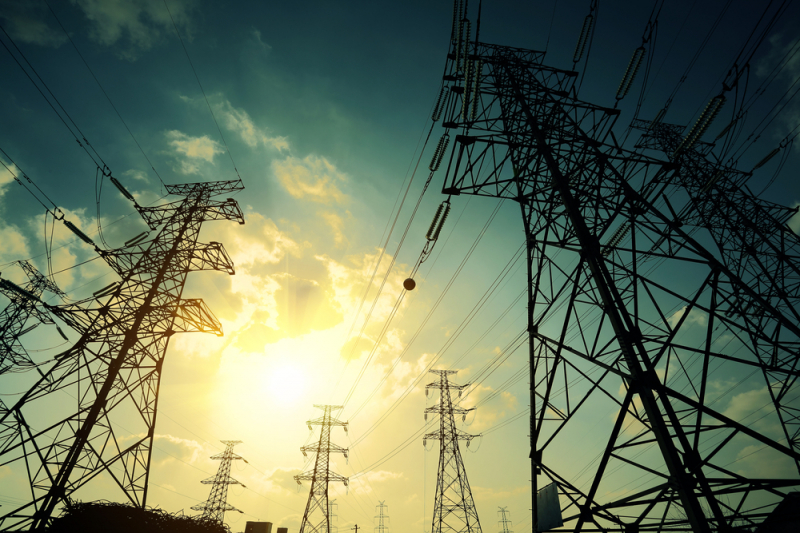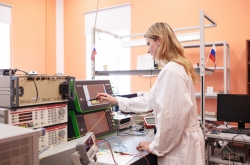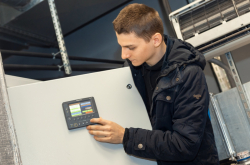The issue of peak loads is becoming all the more pressing nowadays. The number and the capacity of electrical devices that people use grows with every day. Millions of computers, TV sets, microwave ovens, and electrical razors are being used simultaneously, threatening to overload the whole system.
“Every system has an energy consumption cyclogram,” explains Nikolai Polyakov, an associate professor at ITMO’s Faculty of Control Systems and Robotics. “Let’s take an office building as an example: people come there at around the same time, turn on computers, and electric kettles - hence a boost in energy consumption. Soon, the load can decrease, as some will focus on work, some go to get coffee, some leave to have a meeting and so on. But still, when designing the system, it is the peak load that will be taken into account.”
This leads to excess expenses on the construction of the power infrastructure and increased energy consumption. In theory, you can decrease the output of the city’s power plant at dinnertime, but in reality, you just can’t do things like that. You need a different solution.
One of the possible steps towards changing the situation is to develop microenergy systems, when a single house or a plant is fixed with a set of intelligent power conversion units with storage units, sensors, and smart controllers that make it possible to distribute the load on the electric network with regard to the time of the day. If you add a portable wind generator or a small solar battery unit to the system, you can considerably decrease the load, as this will allow you to decrease the building’s energy consumption by compensating the peak load consumption with the stored wind or solar energy.
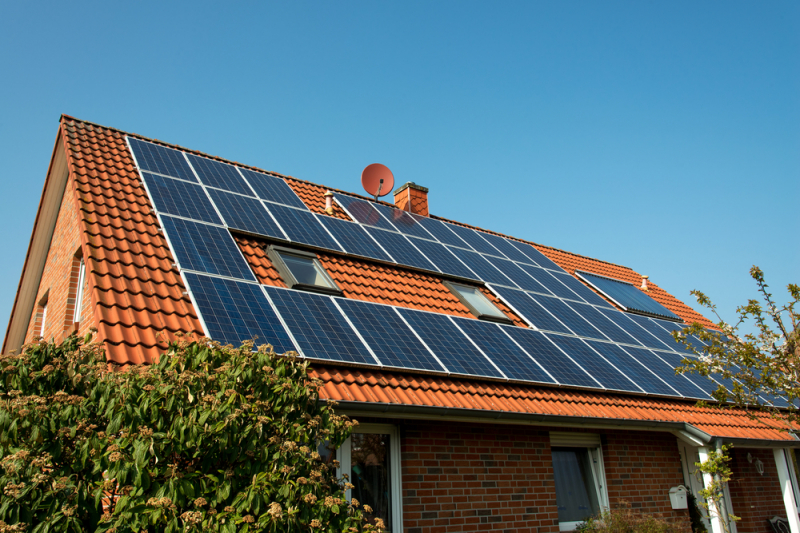
One house - one system
Members of ITMO’s ‘Precision Electromechanics’ R&D center and the Laboratory of Hybrid Nanophotonics and Optoelectronics are implementing a joint project on creating such a smart micro energy system.
“We are currently working on experimental samples of smart power conversion units for a 15 kW micro energy system: such output is quite typical; for example, it can be used in a private home,” comments Nikolai Polyakov.
The system incorporates several smart controllers and converters. It can control energy consumption in a house, monitor peak loads and compensate the excess consumption by using alternative power sources. For one, a special intelligent controller can be used in order to connect a wind generator to the electric grid of the house.
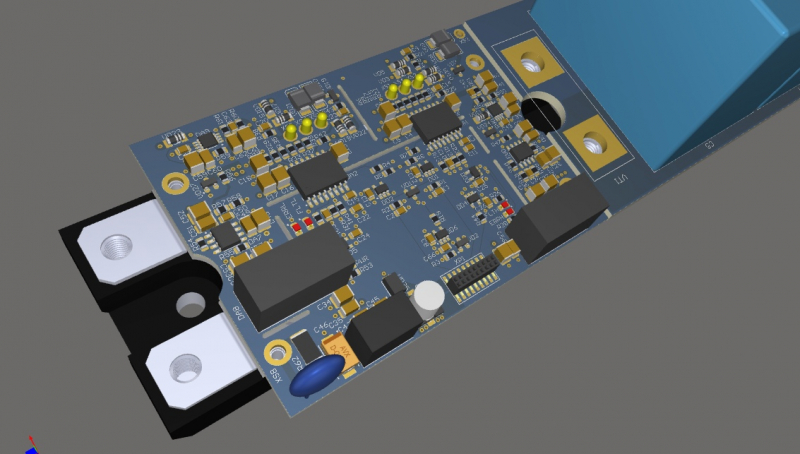
“People often ask me: why work with alternative energy sources in St. Petersburg, where the sun is a rare sight and the wind energy you can get doesn’t even begin to compare with the output of a nuclear power station? Can you even recoup the costs of a wind generator at your plot of land?” says Nikolai Polyakov. “But it's a different question that matters. Despite the output that a nuclear power plant offers, its operation specifics make it impossible to control the dynamic processes associated with the changes in the output and load by the plant’s means only. In St. Petersburg, for instance, there are about ten thermal power stations apart from the nuclear plant, the output of which is compatible with that of the latter. So it’s not just about the output of a specific station. Distributing the load between the nuclear and the thermal power plants makes it possible to rationalize the power consumption to some extent by controlling the output between the peak and minimum loads.”
It is this task, the task of distribution and management of energy flows, that the new generation hybrid energy systems are to solve on a new level, with the help of alternative power sources and energy storage units.
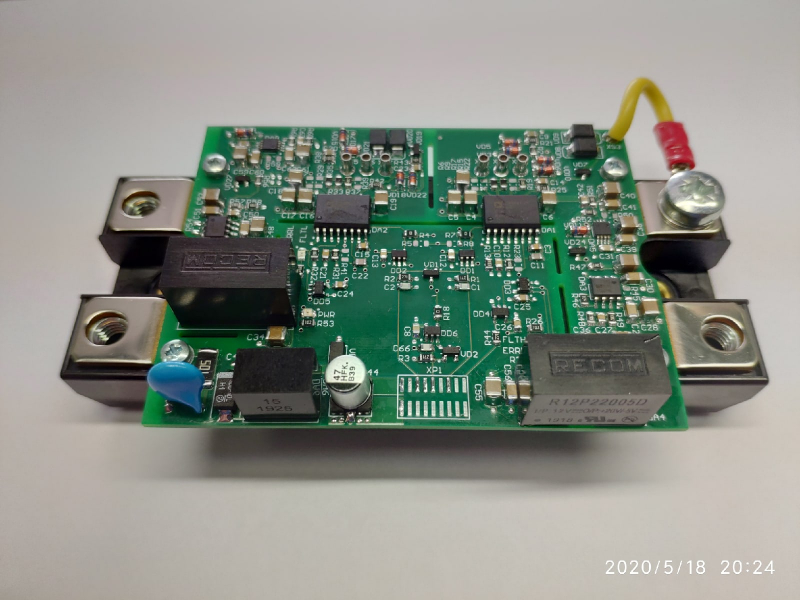
The potential of such systems can be truly unlocked if we stop thinking of them as just devices that provide for self-contained power supply. They can contribute to the optimization of the power supply of an entire system by easing the peak load on the infrastructure and storing a reserve of power, be that a system of a private household, a single building or a whole district. From the standpoint of economics, it is good not just because you use the “free” solar and wind energy, but also because you can store the cheap energy bought and nighttime rates and spend it during the day, not to mention the better stability of the system.
Smart window
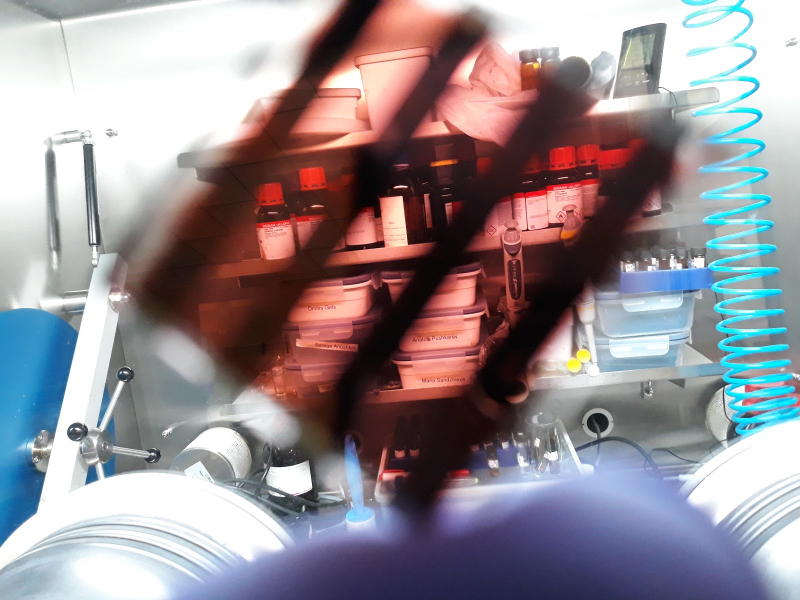
Then again, the wind generator that can be connected to the system thanks to the converters developed by specialists from the R&D center ‘Precision Electromechanics’ is not the only possible energy source for the new system. The researchers plan to fix it with smart window units.
“The idea for this device was proposed by the Laboratory of Hybrid Nanophotonics and Optoelectronics. This device has to perform three functions: permit light to go through it, just like a regular window, transform sunlight into electricity at daytime, and act as a light-emitting device with mild diffuse light in the evening and at night if the user wants it to,” explains Nikolai Polyakov.
By the way, you don’t exactly have to store the energy until the night. For example, the electricity produced by the smart window can go to the grid to supply the lighting of other rooms. Yet another device is responsible for this task: a solar inverter for transforming the continuous voltage of the solar cells to alternating voltage. All these converters were developed at ITMO University, of which the developers are especially proud.
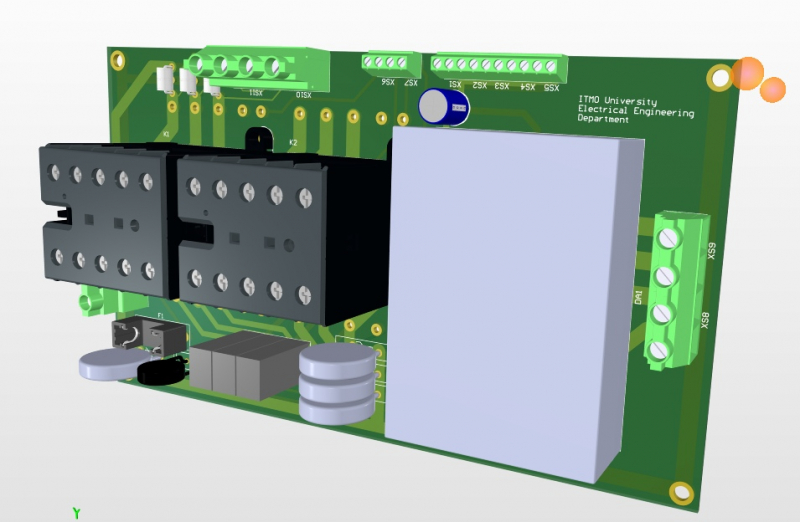
“For our power converters, we’ve used the most modern silicon carbide power transistors - they have great prospects from the standpoint of commutation frequencies, which will benefit the harmonic composition of currents. What’s more, such switches have low commutation losses. For this reason, we are expecting good efficiency properties at sufficiently high output of our intelligent power inverter. What’s more, as its losses are low, in situations when a different converter would’ve called for active cooling, we can do with passive cooling. Also, ours is a modular system, and it can be scaled in quite a wide range of outputs.” comments Nikolai Polyakov.
Tests
The engineers are currently working on system models for test purposes. By the end of May, they had already completed the model of converter for connecting a wind generator.
Apart from the systems, the team also has to prepare a testing bench with a range of measurement devices for the testing of their invention, which they plan to complete by the end of the year.
After that, the researchers will be looking for partners for the production of industrial prototypes that can be used as a basis for batch production.
